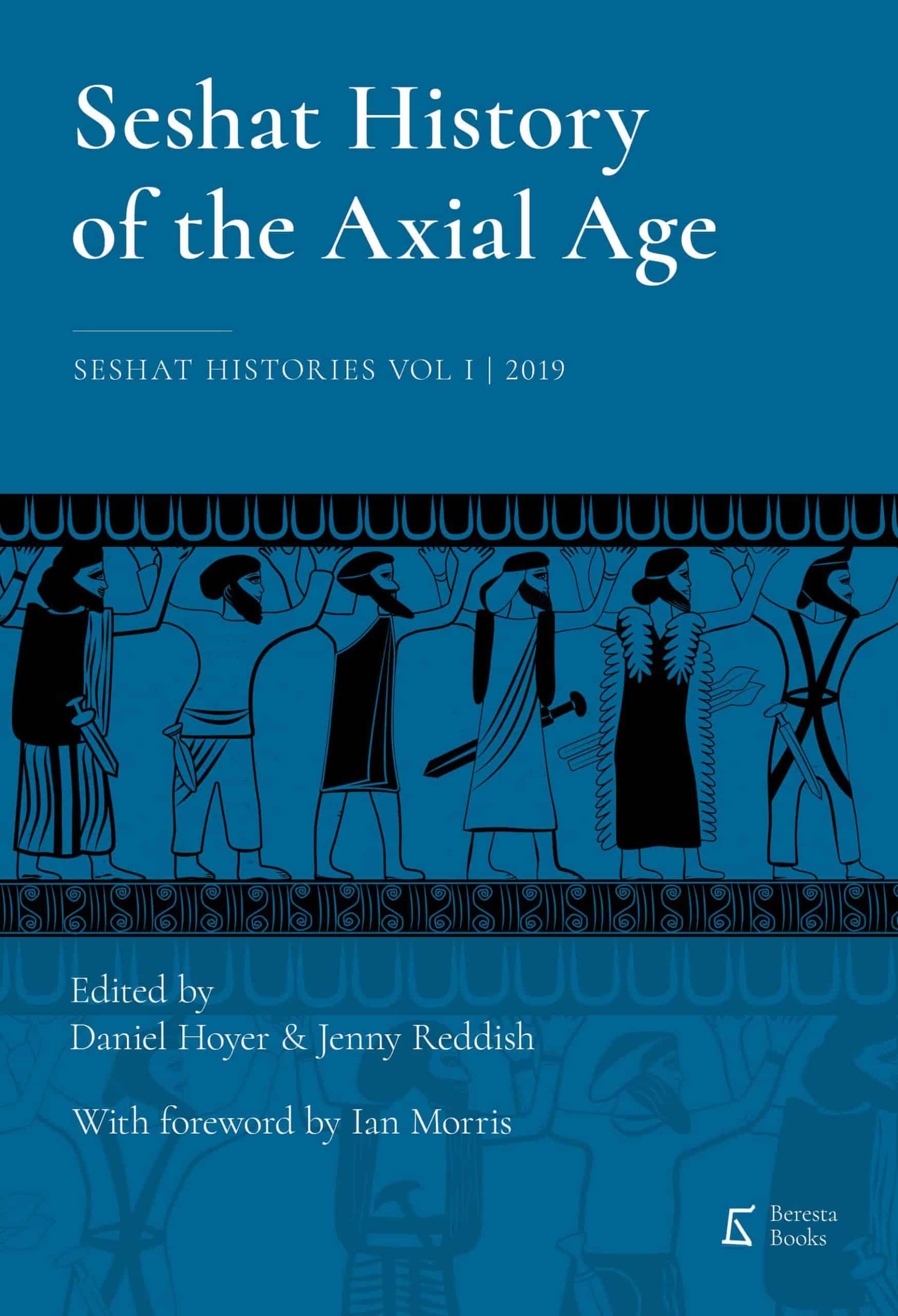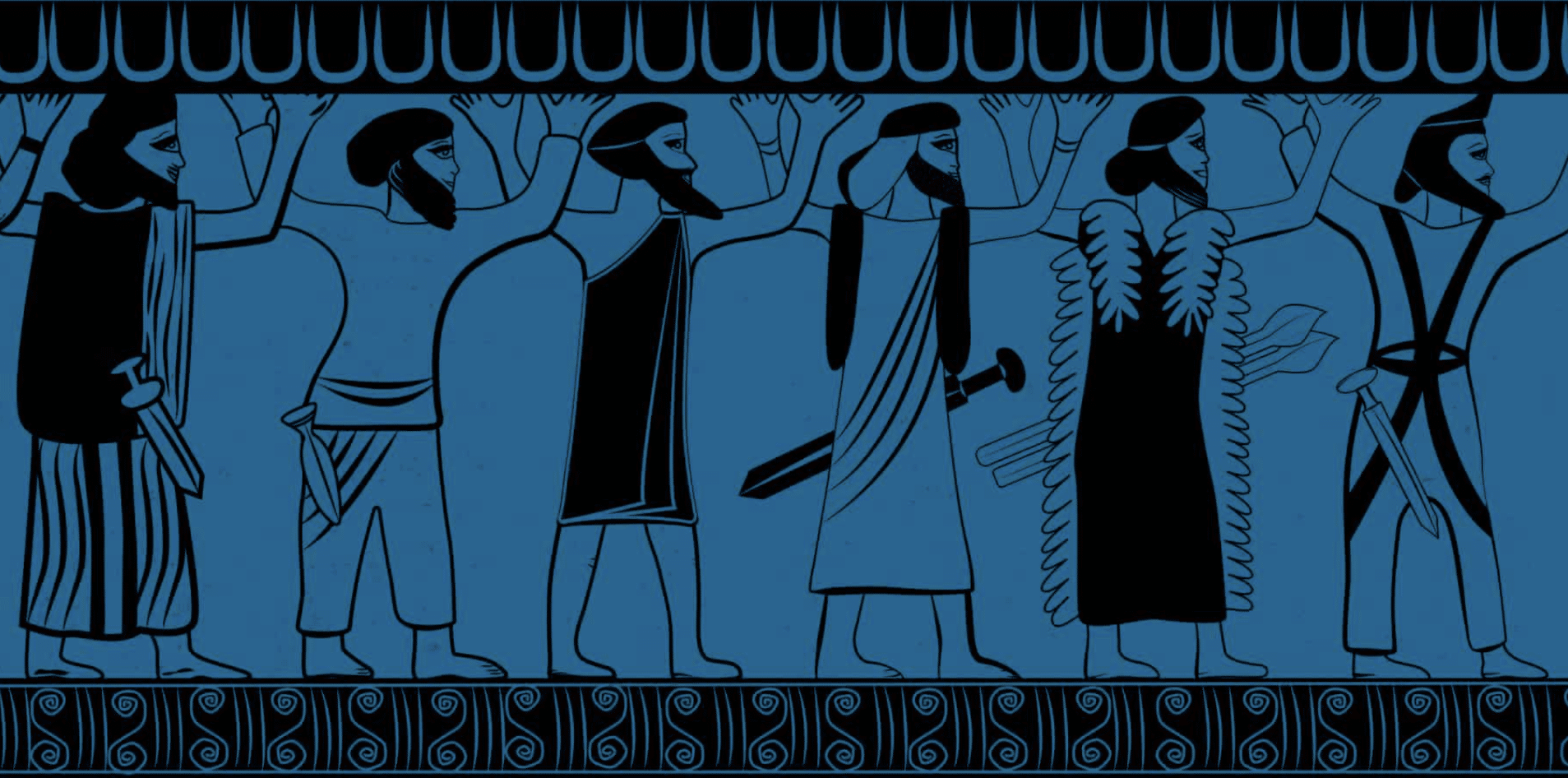A NEW BOOK WITH A NEW LOOK AT OUR DEEP PAST:
“SESHAT HISTORY OF THE AXIAL AGE”
Fairness and equity, universal rights and freedoms, representative, balanced, democratic governance, the notion that no one is above the law— these are ideas many of us cherish in the modern world. But where did they come from? According to some scholars, these features of modernity have their roots in the period between 800 and 200 BCE. In this “Axial Age,” they state, crucial intellectual, moral, and political changes took place more or less simultaneously in five core regions across Eurasia—present-day Greece, Israel- Palestine, Iran, India and China.
The new book, co-editored by CSH researcher Jenny Reddish, challenges the view that there was a single Axial Age in human history. Applying insights from a massive historical research project—Seshat: Global History Databank—the volume reveals that societies all over the world gravitated more strongly towards egalitarian ideals and constraints on political authority—traits usually associated with axiality—as they reached a tipping point in the evolution of social complexity.
In fourteen chapters, the authors survey earlier and later periods in history as well as developments in regions previously neglected in Axial Age discussions, thus expanding the Axial Age debate well beyond first-millennium BCE Eurasia. They explore whether there really was an Axial Age, where and when key changes that characterize modern life actually developed, and what drove societies to become more equitable and law-bound.

SESHAT HISTORY OF THE AXIAL AGE
Series: Seshat Histories I
Paperback: 520 pages
ISBN-13: 978-0996139564
REVIEW IN NATURE NEWS:
WHEN DID SOCIETIES BECOME MODERN? ‘BIG HISTORY’ DASHES POPULAR IDEA OF AXIAL AGE
EXPLORING MULTIPLE AXIALITIES
Co-editors Daniel Hoyer and Jenny Reddish paired some of the world’s leading historians, archaeologists, and anthropologists with members of the Seshat team. Using information on religious beliefs, social norms, and equity collected in the Seshat Databank, the authors find that traditional, archaic forms of rule, characterized by powerful, unconstrained rulers, and toleration for deep-seated social and economic inequalities, receded as societies grew in scale and complexity. In their stead, new forms of cultural systems evolved that fostered cooperation and societal cohesion on larger scales, such as systems favoring formalized law, institutionalized constraints on political authority, and ideals of egalitarianism and universalism.
“The data show that ‘axial’ traits emerged repeatedly,” says Dan. “They did so in many parts of the world and at their own pace, some much earlier than 800 and others much later than 200 BCE. We see increasing social complexity as the driving force.”
The new book offers an overview of “axial” religions, from Zoroastrianism to Confucianism, Buddhism and the Abrahamic faiths, as well as a series of regional histories. The chapters cover Greece and Italy, Israel-Palestine, Iran, India, and China, but also extend the analysis to Turkey, Egypt, Cambodia, Japan, Mali, Peru, the Mississippi Valley, and Hawai‘i. One chapter summarizes developments in largely overlooked small-scale societies in Northern India, Siberia, the Great Lakes region of North America, Papua New Guinea, Borneo, and the Amazon Basin. The introduction and conclusion were written by Seshat researchers. Ian Morris, a British archaeologist and historian from Stanford University, contributed the foreword.
THE BASIS OF INSIGHTS: BIT DATA ANALYSIS
Seshat: Global History Databank is a unique tool for testing theories about our shared past. The constantly growing dataset was co-founded by Peter Turchin, who currently is building up a new group on “Social Complexity and Collapse” at the Hub.
Seshat is capturing information on social complexity, religious beliefs and practices, and other traits for a global sample of societies from the Neolithic to the Industrial Revolution. It led to various new insights already, for instance about the so called Big God hypothesis.
Daniel Hoyer is a project manager with Seshat. He is a historian and social scientist specializing in cross-cultural historical analysis.
Jenny, Seshat’s lead editor, is an anthropologist working on the material correlates of cultural systems from societies around the world.


